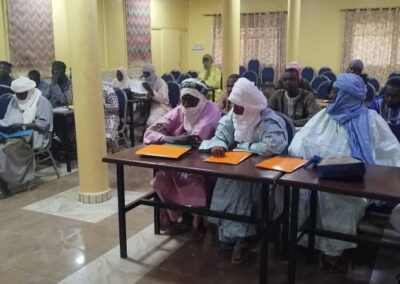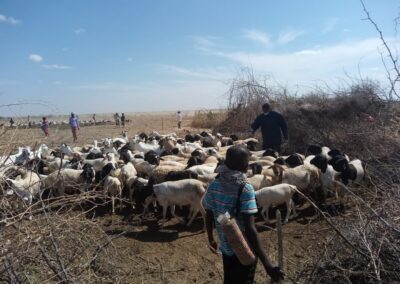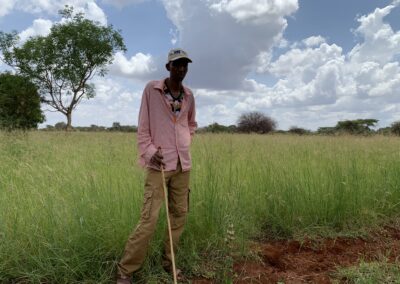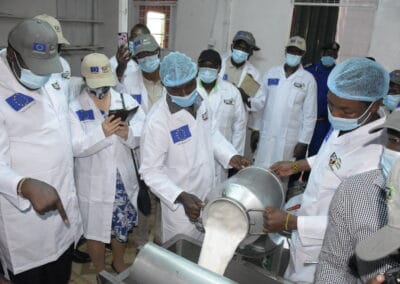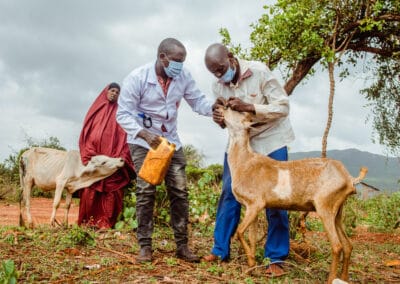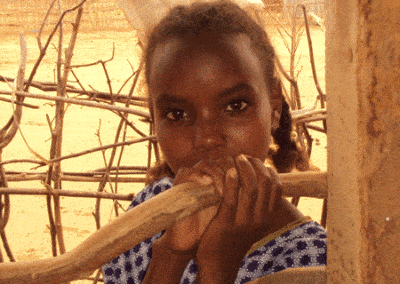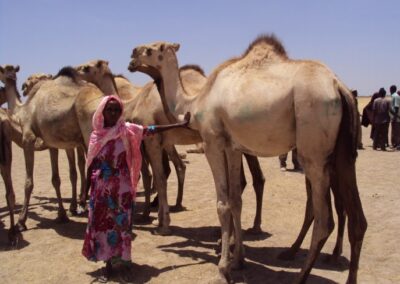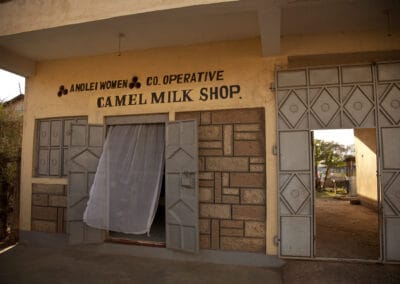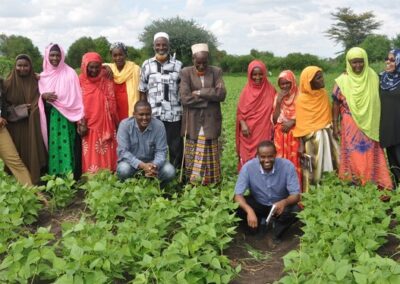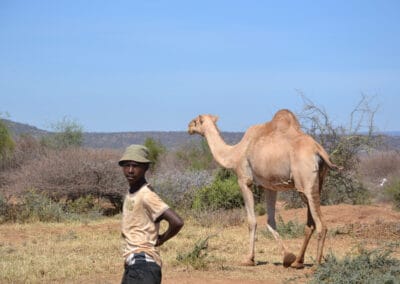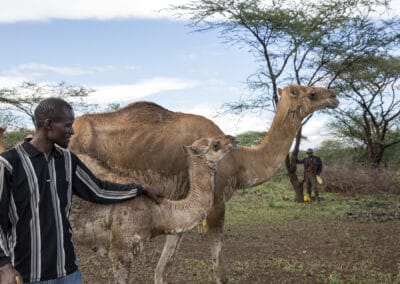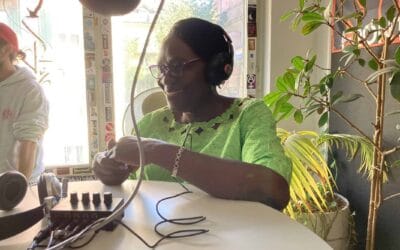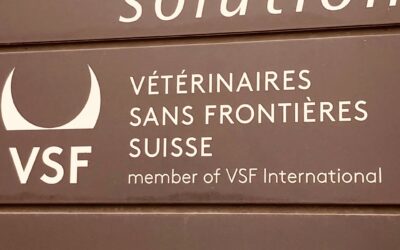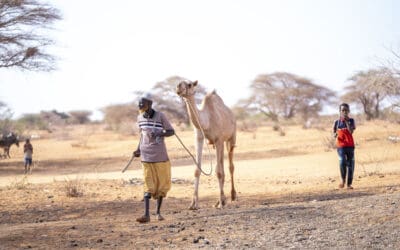Kenya
Background
Kenya has almost 53 million inhabitants and a gross domestic product per capita of 1,817 US dollars. Kenya is made up of 70% of arid and semi-arid zones and because of climate change this surface is likely to grow bigger. Severely affected by the drought that is striking in the entire Horn of Africa, Kenya is facing an escalation of food insecurity, which already threatens the life of 1.3 million people. The increasingly frequent heat waves, droughts and floods will make it impossible for farmers and livestock farmers to survive – unless they adapt to changing circumstances.
Already today it is very difficult to conduct agriculture in the concerned arid areas. This means that more and more families turn to animal husbandry as their main source of income. But even here they are facing huge challenges, mostly because cows can’t find enough food and do not last very long without water. Even after a short period of stress they stop lactating.
The camel on the other hand is very well adapted to the harsh and inhospitable climate and presents an attractive alternative to cattle rearing. They produce milk even during dry periods while cows don’t, and camels also need much less water. Their fatty milk covers more than half of the daily calorie requirements in many pastoralist communities. Camels are also suitable pack animals and meat suppliers. Their soft, plate-like soles also protect the soil and plants.
Camels could be the key to survival for thousands of people. This is why VSF-Suisse supports a gradual shift from cattle rearing to camels and provides the concerned communities with solid trainings in camel keeping, milk hygiene and processing. Large-scale vaccination campaigns and awareness-raising among local veterinarians also ensure long-term animal health.
Key activities
- Animal treatment and vaccination
- Awareness on the prevention of zoonoses and AMR
- Disease surveillance & reporting
- Livestock husbandry, focused on camels and goats
- Livestock feed
- Participatory rangeland management
- Camel milk hygiene, value addition and marketing
- Market linkages for fodder
- Promotion of indigenous poultry production and marketing targeting women and youth
- Capacity building
Facts
Present since: 2000
Number of current projects: 6
Number of staff: 25
Offices: County Office in Nairobi + 3 Field Offices
The Swiss Agency for Development and Cooperation SDC, Federal Department of Foreign Affairs FDFA, supports programmes in this country.
Selection of current projects
Reference projects
News
Meet Genevieve Owuor from Kenya
Hi Genevieve! What is your full name and where are you from? My name is Genevieve Atieno Owuor, and I hail from Kenya. I was born in Tanzania, where my father was employed. I initiated my primary education in Tanzania before relocating to Kenya with my parents when I...
Become a member of VSF-Suisse/Kenya
Incorporated in 1988 and with its Headquarters in Bern Switzerland, Vétérinaires Sans Frontières Suisse(VSF-Suisse) is a charitable organization focusing on preventing and alleviating suffering,disease and hunger, supporting socioeconomic development and assisting...
Camels against climate change: celebrating the international year of the Camelids
The still young year is to be all about camelids. This was decided by the United Nations. The aim is to raise awareness of how important camelids are for the livelihoods of many people - and will become even more important in the future in view of the rapid...

